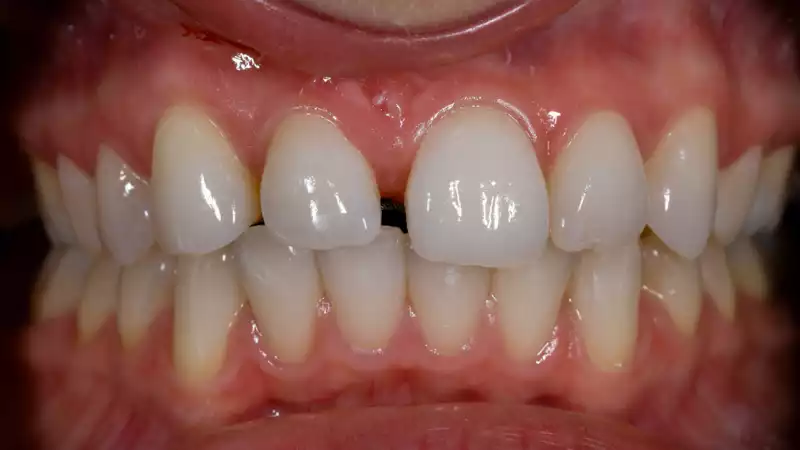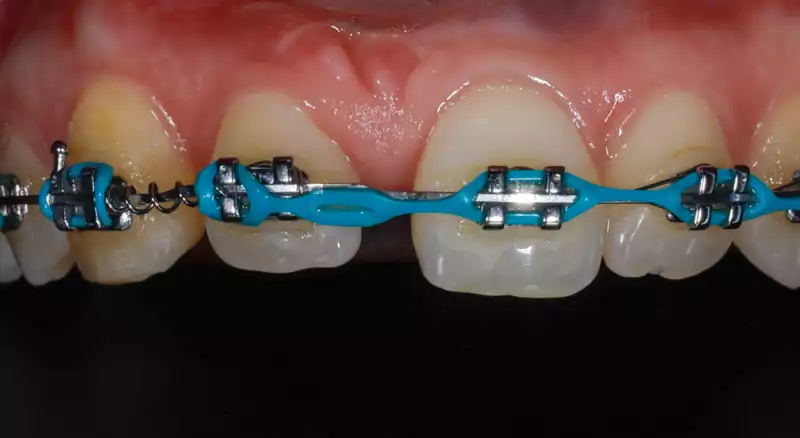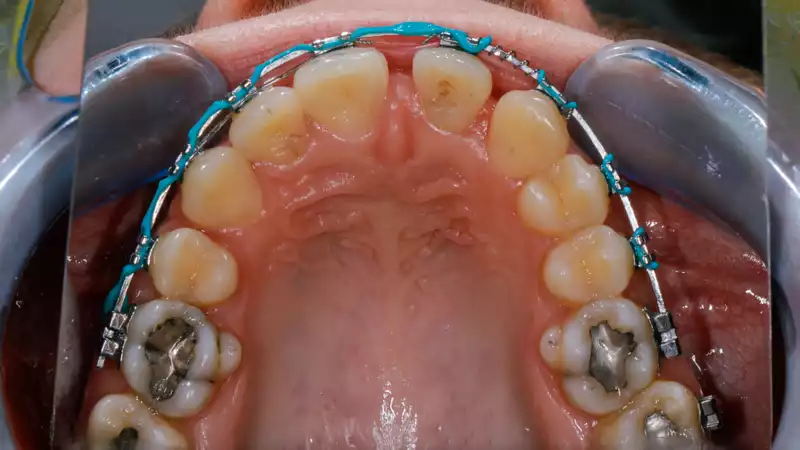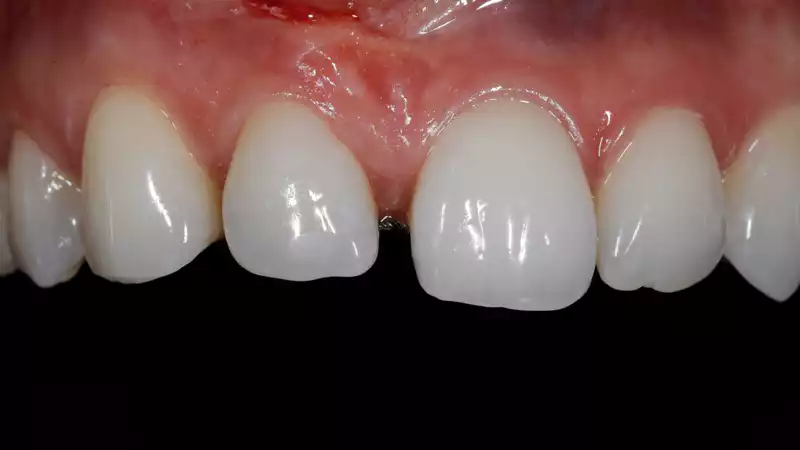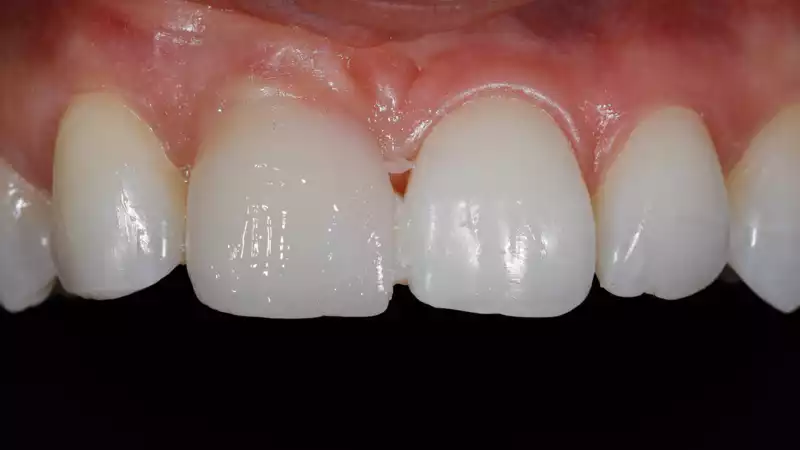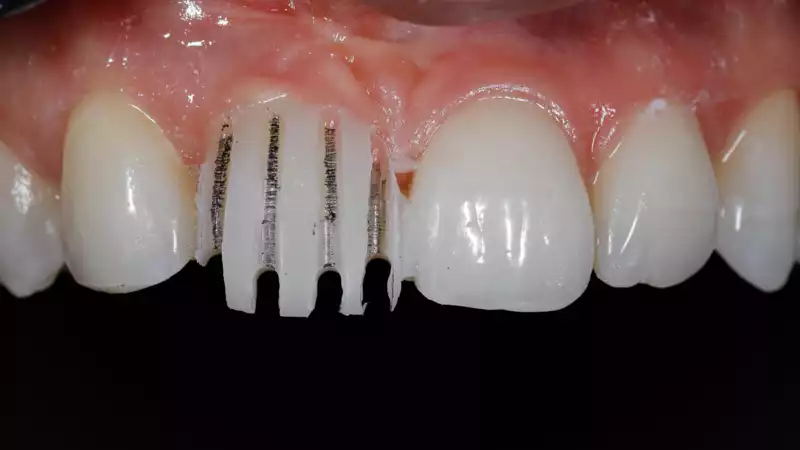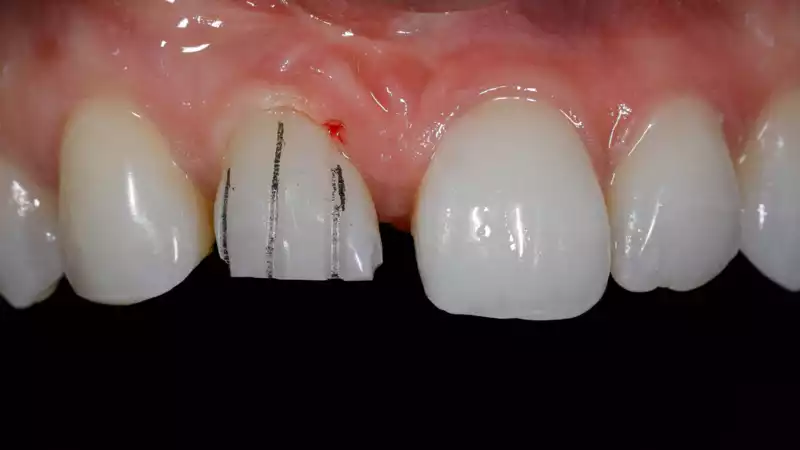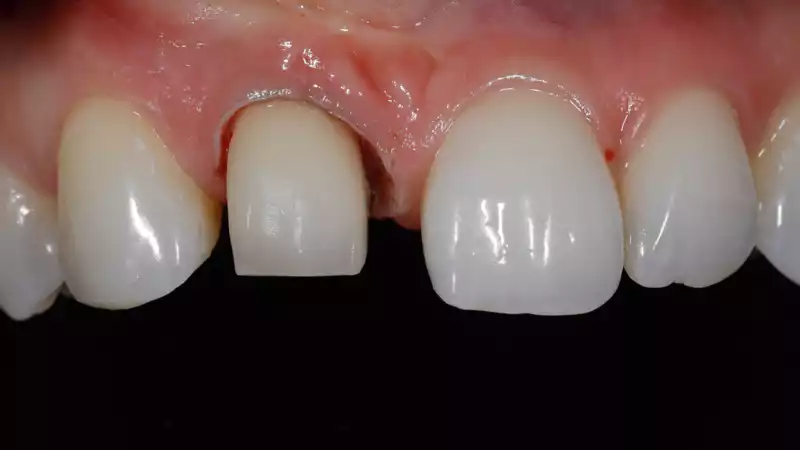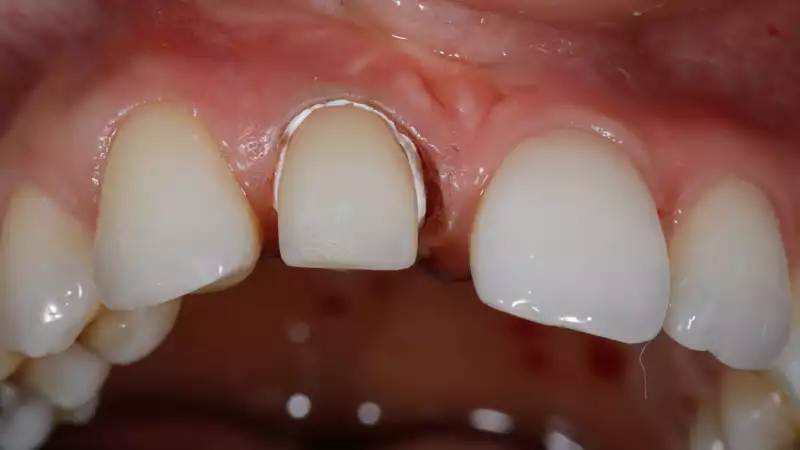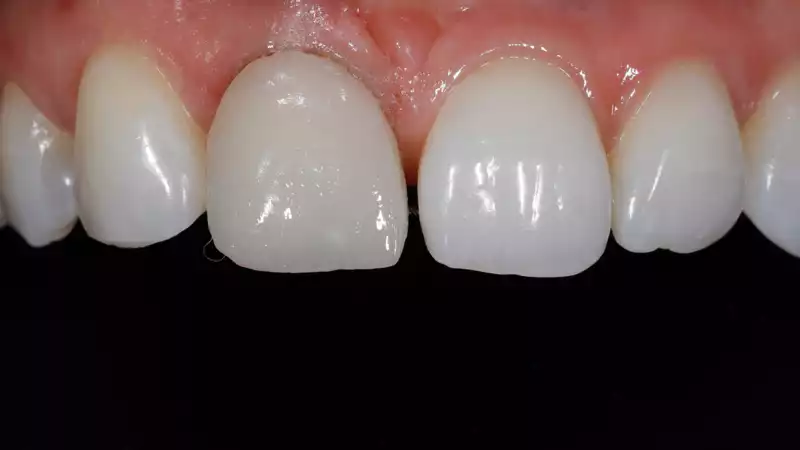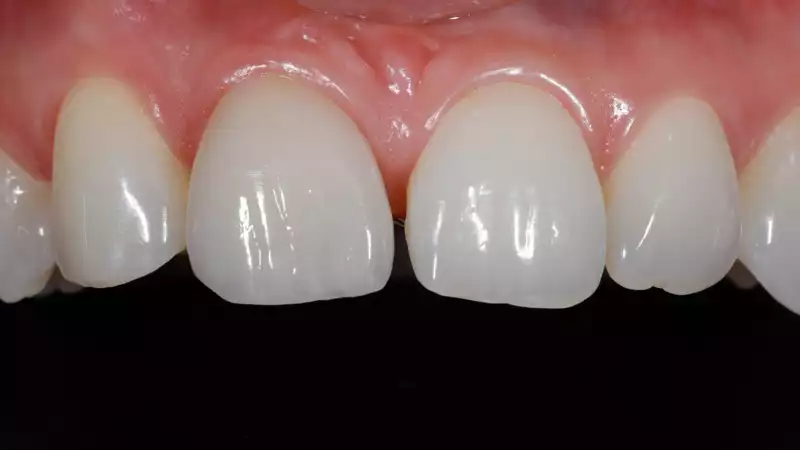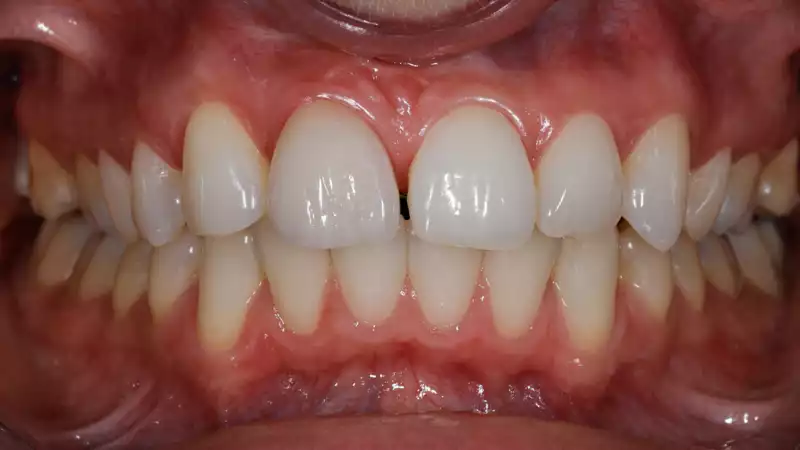Vertical preparation
Why vertical?
For the first ten years of my clinical practice, I used horizontal preparations exclusively — shoulder or chamfer. We did thousands of crowns this way, and most of them are still functioning well.
Even though we worked under a microscope — both in the clinic and in the lab — with maximum precision, I started noticing recurring problems over time. Some crowns failed due to secondary caries near the margin, especially in areas with poor hygiene or difficult access. Even the smallest microleak, invisible on X-rays, was enough to cause long-term issues.
I also saw soft tissue problems — gingival recession, inflammation — particularly in patients with a thin periodontal phenotype. And despite aiming for conservative preparations, the very nature of a horizontal finish line required more removal of sound tooth structure than I was comfortable with.
In 2014, I came across an article by Prof. Dr. Ignazio Loi, which offered a clear and biologically oriented solution to these problems — the so-called Biologically Oriented Preparation Technique (BOPT). While there are academic distinctions between vertical and BOPT preparation, for the sake of simplicity, I refer to them synonymously throughout this text.
Initially, I used vertical preparation in selective cases: non-vital teeth with compromised ferrule, deep subgingival margins, or areas where soft tissue preservation was critical. But the results — both functional and biological — were so convincing that vertical gradually became my standard approach.
It’s now been over ten years since I last prepared a horizontal margin. And today, I honestly no longer see an indication for it.
Gingiva ❤️ Vertiprep.
Key principles of BOPT (Biologically Oriented Preparation Technique):
• No finish line – preparation without a defined horizontal margin (“feather edge”)
• Gingitage technique – controlled sulcular trauma with a diamond bur to trigger the biological soft tissue response
• Gingival healing and stabilization guided by a relined provisional crown, which helps create a new CEJ and emergence profile
• Increased gingival thickness and improved long-term soft tissue stability
• Margin repositioning – the final crown margin can be adjusted during the healing phase based on tissue response and esthetic exposure
• Impression accuracy is high, as circumferential placement of PTFE (Teflon) between the tooth and the gingiva clearly defines the finishing area. This enables precise communication with the dental technician and allows for biologically and esthetically optimal margin placement — always respecting the biologic width.
🎥 You can watch the entire clinical workflow in our video lecture below
CASE from 2015
One of the first cases and from today's point of view an ideal indication for vertiprep.
- Agenesis 11
- after perfect ortho preparation
- mock up and its preparation
- correction of the gums with a diamond drill
- introduction of Teflon
- perfectly shaped and polished provisional
- and satisfied patient
Of course, the ideal is not to drill the tooth at all and if we have to do so as little as possible, and that is vertiprep and my opinion is that the gingiva is always better in the long run with vertiprep.
gingiva ❤️ vertiprep
